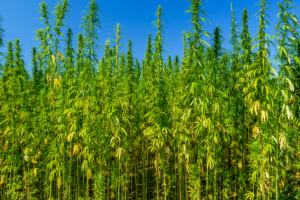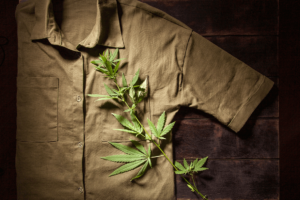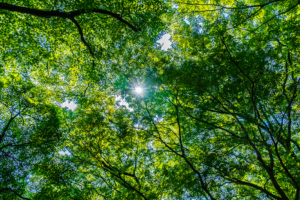Different types of fibers in hemp stem
The varieties of Cannabis sativa L. with an optimized performance of fiber, usually have a higher stem.
Hemp stems have two types of fibers, some long fibers that are rich in cellulose and pectin, present in the stem bark and other woody short fibers that are found in the stem core, which are richer in lignin and xylans, which are commonly known as hurds

The process of decortication separates both types of fibers- long and short- which significantly widens and optimizes the trading possibilities of the hemp stem.
The industrial possibilities of the hemp fibers are numerous. They are an alternative to several raw materials that are actually in use, and as new materials of high technological and environmental value.

Long fibers are very valuable in textile industry. Their differential processing will result in getting threads or tissues with a wide range of quality, from very resistant for rigging, sailing, sacks, nets,… even thinner threads and tissues with great resistance and breathability properties, which make them ideal either for working clothes, conventional clothes, or high fashion.

Hemp represents a natural textile source which is more respectful with the environment than other fibers that are used nowadays, like the synthetic ones or even the natural ones if they come from non -organic crops or from crops with a great need of water supply.
Long fibers also allow the manufacture of high-quality paper, substituting wood; therefore, they are a good alternative to decrease deforestation.

Short fibers have great use in the industry of construction materials (insulations, cements, coating, boards, …), and also to manufacture bioplastic, biofuel, and even for animal lodging.



